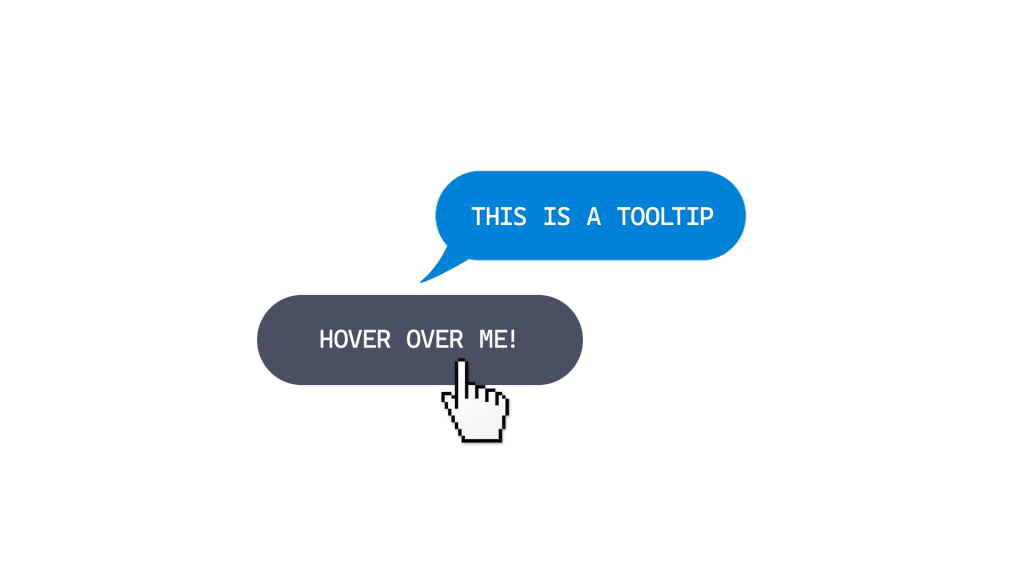Tooltips are small interactive elements that significantly impact web design. They enhance aesthetics by providing additional information without cluttering the interface. Tooltips create intuitive interactions, eliminating the need for lengthy instructions. They reduce clutter by presenting secondary content only when needed. Additionally, tooltips incorporate delightful micro-interactions, enhancing the user experience. By leveraging tooltips strategically, designers can create visually appealing, user-friendly websites that leave a lasting impression.

Improved Aesthetics and Visual Hierarchy:
- Web design is all about creating visually appealing and harmonious layouts. Tooltips can be leveraged to enhance the aesthetics of a website by providing an elegant way to display additional information without overwhelming the main interface. By incorporating tooltips that blend seamlessly with the overall design, consistent colors, and typography contribute to a visually pleasing website.
Intuitive Interactions and User-Friendly Design:
- Designing intuitive interactions is crucial for guiding users and facilitating effortless navigation. Tooltips play a significant role in creating intuitive interactions by offering contextual information at the right moment by simplifying the user experience. Placed near interactive elements, they guide users without excessive instructions.
Reduced Clutter and Information Organization:
- Cluttered interfaces overwhelm users and hinder their ability to focus on important information. By organizing information into tooltips, it presents secondary or detailed content on-demand, reducing visual noise and keeping the main content focused. This clutter reduction enhances the overall readability and visual impact of the website.
Visual Feedback and Delightful Micro-interactions:
- Micro-interactions and subtle animations can significantly enhance the user experience. Tooltips incorporate micro-interactions like animations or haptic feedback, these small design details add a sense of responsiveness and engagement, creating an appealing and memorable user experience.
Conclusion:
The incorporation of tooltips in web design has a significant effect on the aesthetics, interactions, clutter reduction, and content presentation. By utilizing tooltips strategically, designers can create visually appealing layouts, enhance intuitive interactions, reduce clutter, provide delightful micro-interactions, and present focused content. The use of tooltips as a design element empowers designers to strike a balance between aesthetics and functionality, resulting in a user-friendly, visually pleasing, and memorable website. As the demand for exceptional web design continues to grow, tooltips have become an invaluable tool in the designer’s arsenal, elevating the overall design aspect of websites to new heights.
